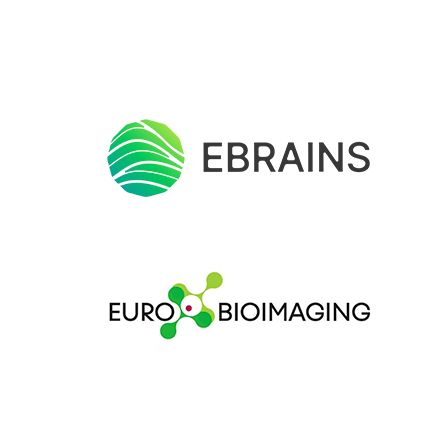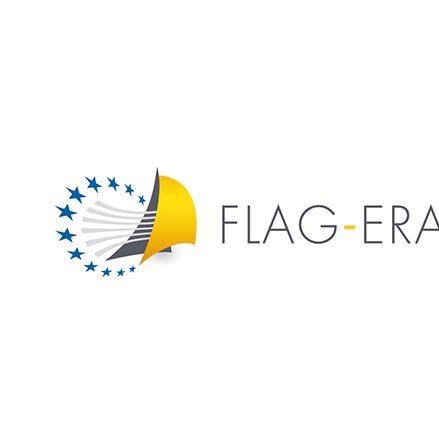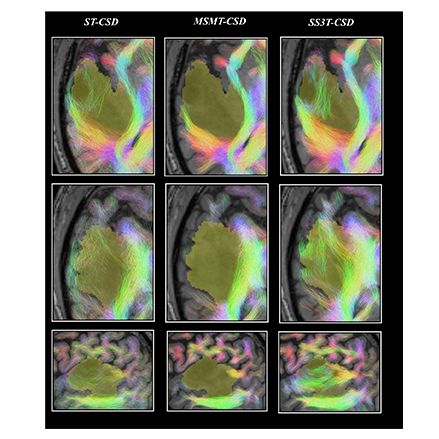Julich-Brain Atlas, cytoarchitectonic maps
This dataset contains the Julich-Brain Atlas, Cytoarchitectonic maps in different coordinate spaces.
EBRAINS provides access to a free and open database of neuroscience data, computational models and software tools for researchers, clinicians, scientists and students. Find the resources to take your research to the next level, connect with peers and enjoy support from our experts.
This dataset contains the Julich-Brain Atlas, Cytoarchitectonic maps in different coordinate spaces.
The project was initiated to determine the projections of the orbital frontal cortex (OFC) to the parahippocampal region in the rat, using the anterograde tracers biotinylated dextran amine (BDA) and Phaseolus vulgaris-leucoagglutinin (PHA-L).
sPyNNaker is a software package for simulating PyNN-defined spiking neural networks (SNNs) on the SpiNNaker neuromorphic platform. Operations underpinning realtime SNN execution are presented, including an event-based operating system facilitating efficient time-driven neuron state updates and pipelined event-driven spike processing. Preprocessing, realtime execution, and neuron/synapse model implementations are discussed, all in the context of a simple example SNN. Simulation results are demonstrated, together with performance profiling providing insights into how software interacts with the underlying hardware to achieve realtime execution. System performance is shown to be within a factor of 2 of the original design target of 10,000 synaptic events per millisecond, however SNN topology is shown to influence performance considerably. A cost model is therefore developed characterizing the effect of network connectivity and SNN partitioning. This model enables users to estimate SNN simulation performance, allows the SpiNNaker team to make predictions on the impact of performance improvements, and helps demonstrate the continued potential of the SpiNNaker neuromorphic hardware.
The pipeline ingests data from multiple measurement types of spatially organized neuronal activity, such as ECoG or calcium imaging recordings. The pipeline returns statistical measures to quantify the dynamic wave-like activity patterns found in the data. Individual parts of the snakemake-based pipeline are fully configurable. The composition of Cobrawap elements can be adapted to various datasets through by means of a modular design of self-contained sequential stages composed of multiple atomic blocks.
Age-dependent accumulation of amyloid-b, provoking increasing brain amyloidopathy, triggers abnormal patterns of neuron activity and circuit synchronization in Alzheimer’s disease (AD) as observed in human AD patients and AD mouse models.
The model consists of three hierarchical areas attempting to minimize reconstruction errors in inference and learning.



EBRAINS is open and free. Sign up now for complete access to our tools and services.